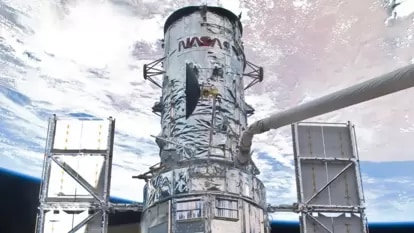Fascinating! NASA captures mesmerizing Supernova remains, leaves netizens in awe
A mesmerizing image of Supernova remains was shared by NASA. Have a look here.
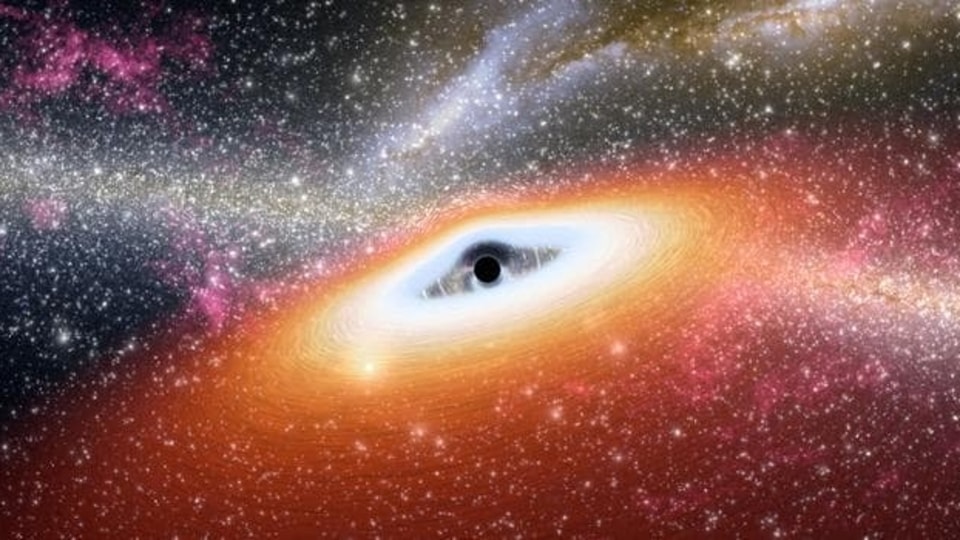
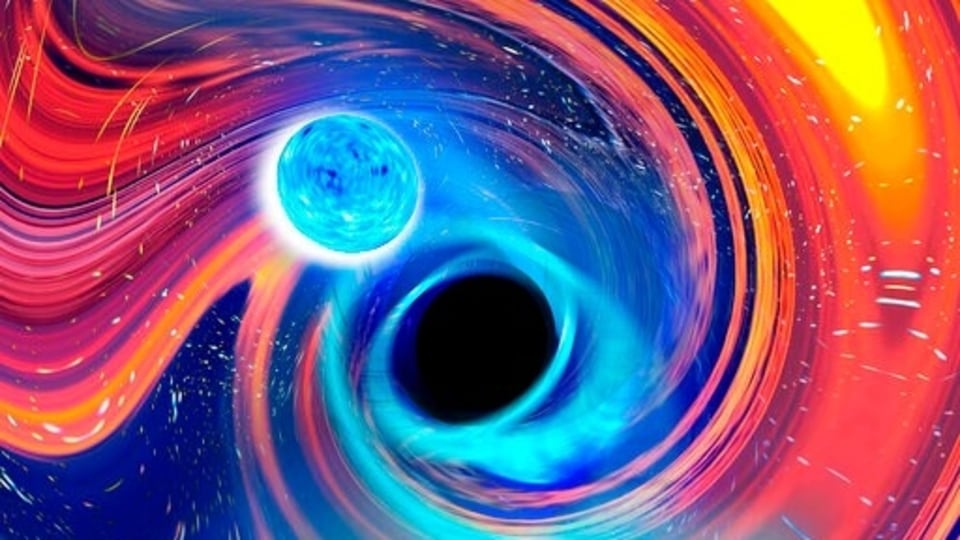

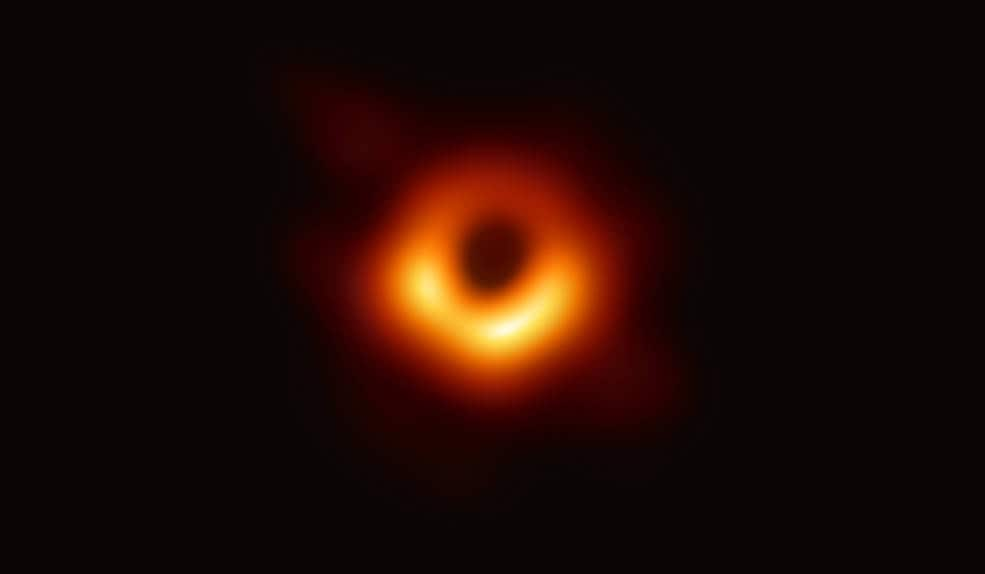
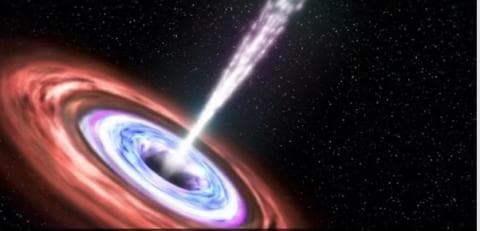
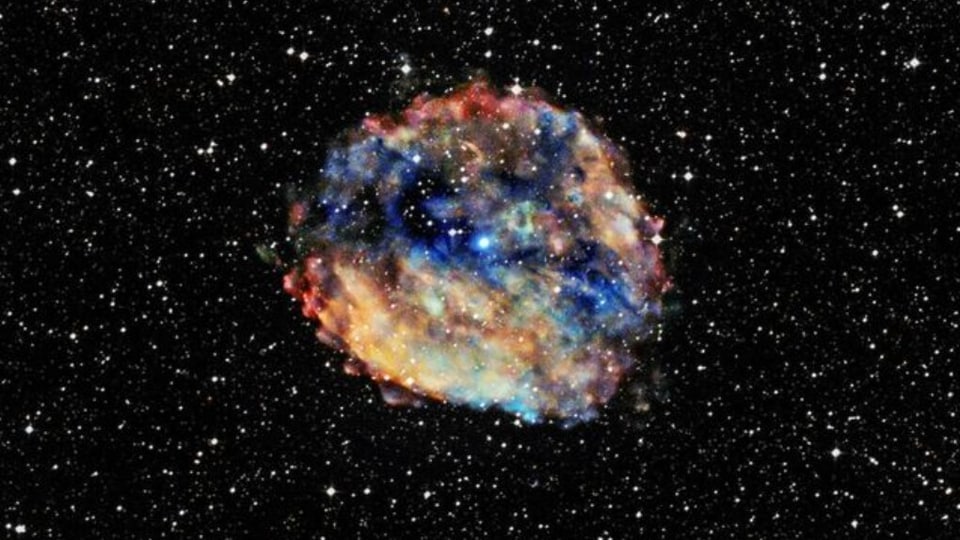
 View all Images
View all ImagesNASA has left netizens stunned with a mesmerizing new image of the remains of a Supernova. NASA said, "Our Neil Gehrels Swift Observatory telescope and several other X-ray telescopes observed one of the most extreme rotating neutron stars or pulsars – ever detected in 2016." NASA took to its Instagram account to share the image. NASA says that its spin period is around thousands of times longer than any other pulsar that has ever been observed. NASA added, "Swift Observatory helps detect gamma-ray bursts – large gamma radiation pulses which form when a massive star collapses, creating a black hole – using optical, ultraviolet, and X-ray light."
The composite image shared by NASA shows the remains of a supernova in a spectacular view. About the image, NASA said, "Blank space as black as #Midnight is dotted with tiny white stars across the image. A swirling labyrinth of colors of blue, green, yellow, purple, and red makes up the center of the photo surrounding the neutron star in bright blue." This resulting image of the remains of a supernova is around 9000 light-years from Earth, NASA says in the post.
Netizend have absolutely loved the image as it has garnered more than 1.2 million likes so far. Even the European Space Agency commented that "Space Midnight should be a new colour.”
About Neil Gehrels Swift Observatory
The Neil Gehrels Swift Observatory is part of NASA's medium explorer (MIDEX) program which was launched into a low-Earth orbit on a Delta 7320 rocket back on November 20, 2004. It helps detect gamma-ray bursts using optical, ultraviolet, and X-ray light. It can detect large gamma radiation pulses which form when a massive star collapses, creating a black hole. “Its three instruments give scientists the ability to scrutinize gamma-ray bursts like never before. Within seconds of detecting a burst, Swift relays its location to ground stations, allowing both ground-based and space-based telescopes around the world the opportunity to observe the burst's afterglow,” NASA said in a blog post.
Catch all the Latest Tech News, Mobile News, Laptop News, Gaming news, Wearables News , How To News, also keep up with us on Whatsapp channel,Twitter, Facebook, Google News, and Instagram. For our latest videos, subscribe to our YouTube channel.





